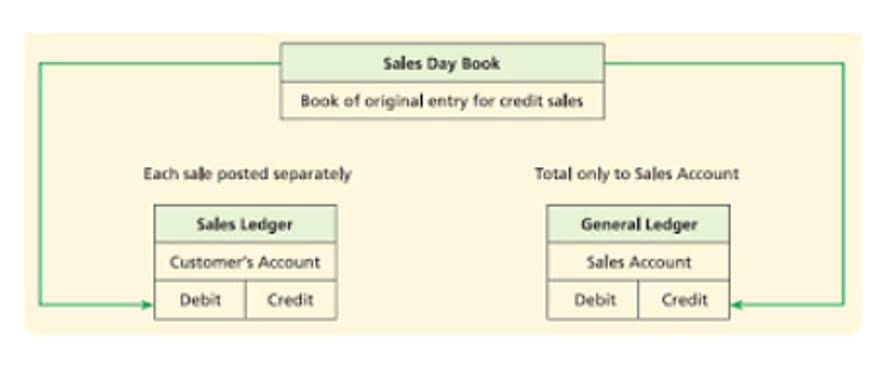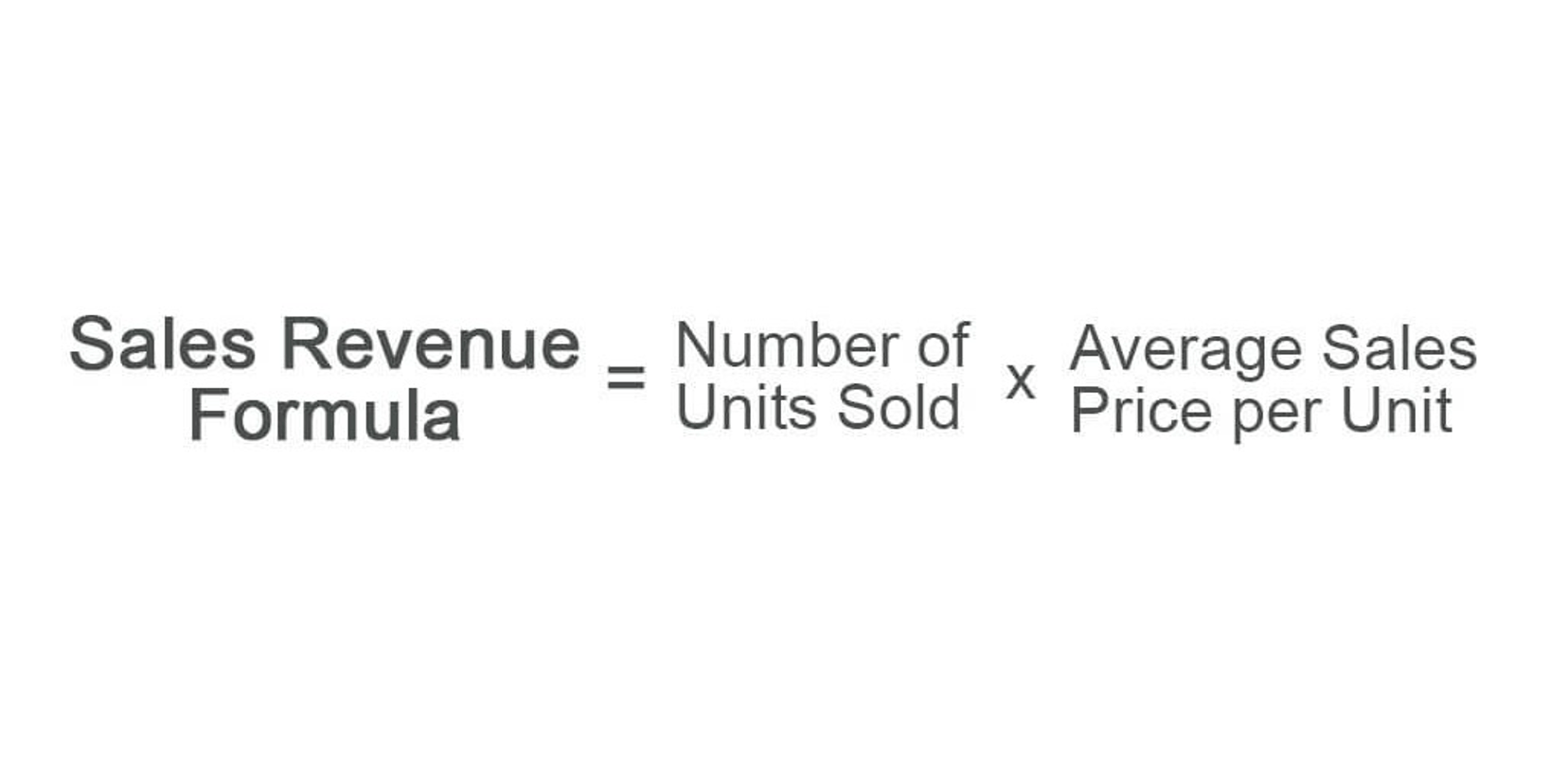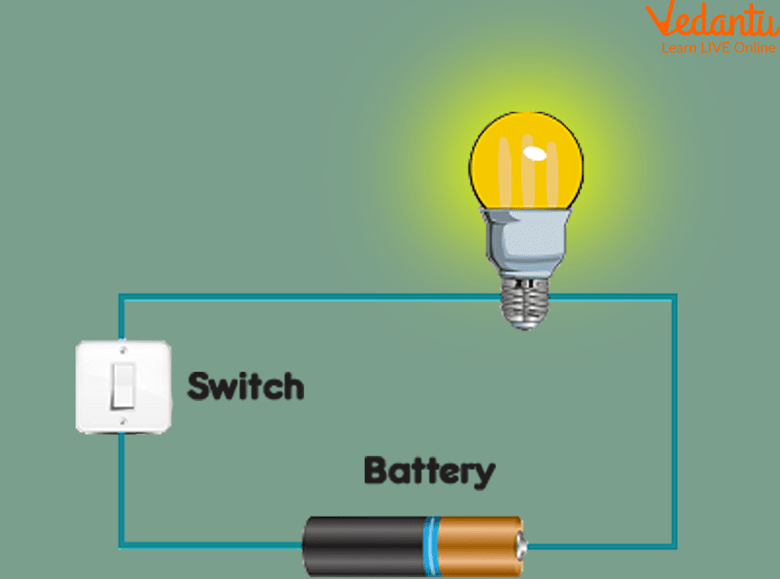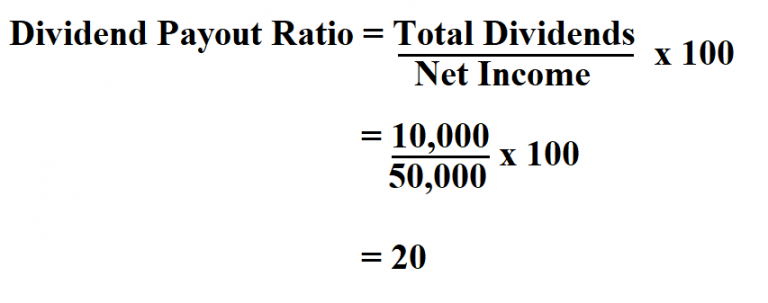
It is the approved bookkeeping method in the construction industry, viewing the complexities involved. A software development company is creating a new application to be launched in the market. The company incurs costs for salaries of programmers, software licenses, development tools, and other expenses related to the project. For example, if a project is delayed or changes in scope, it may require adjustments to the CIP accounts to make sure that costs are accurately reflected. Companies need to have processes in place to monitor the progress of the project and make any necessary adjustments to the CIP accounts. Streamline service calls and construction projects from start to finish with web-based real-time information.
Business Scenario:

Each of these methods has its own set of advantages and is chosen based on the nature of the project and the reliability of the measurement criteria. Understanding CIP accounting is essential for project managers, accountants, and stakeholders to make informed decisions and maintain financial health throughout the project’s lifecycle. Our knowledgeable team has decades of experience managing construction company accounts, and you can feel confident that we will navigate your company’s specific situation with care and expertise. Accountants do not begin tracking depreciation of construction-in-progress assets until the addition is complete and in service. As a result, the construction-work-in-progress account is an asset account what is cip in accounting that does not depreciate. However, you must know that the nature of costs and revenues in every construction contract varies.

Check out eSUB’s new drawing management capabilities.

It involves dividing the asset’s cost by its useful life and allocating an equal amount of the cost to each accounting period over the asset’s life. Once costs have been allocated, and meets the criteria for capitalization, it is added to the CIP asset account in what are retained earnings the company’s general ledger. The cost is then amortized over the asset’s useful life through depreciation expenses in subsequent accounting periods. This accounting account tracks and gauges expenses concerning fixed assets being constructed or put together during the building stage.
Professional Services

One of the main challenges is determining the appropriate timing for capitalizing costs. This requires careful judgment and a thorough understanding of the project and its various stages. The cash outflows related to CIP are typically classified under investing activities, reflecting the capital expenditure on construction projects. This classification can affect the company’s free cash flow, a critical metric for assessing financial flexibility and the ability to fund future projects or return capital to shareholders.

Why is Construction-in-Progress (CIP) Accounting Mandatory?
- Once construction is complete, the asset shifts to the appropriate fixed asset account.
- We hope you can apply the above information about CIP accounting to your accounting process.
- With construction companies quickly evolving, there are more categories and accounts to consider, creating unique challenges for this industry.
- CIP accounting is important because it can easily be used to manipulate financial statements.
- By capitalizing costs that are still in progress, businesses can avoid misrepresenting their financial statements by inflating expenses or understating the value of their projects.
Software solutions like QuickBooks Enterprise or Oracle’s JD Edwards EnterpriseOne can provide the necessary functionality to manage complex financial data across multiple projects. These platforms allow for real-time tracking of expenses, revenue recognition, and financial reporting, thereby enabling better decision-making and financial control. CIP accounting is important to a construction company’s accounting system software because it allows businesses to track the progress of a construction project and monitor its costs. By keeping accurate records of expenses, Bookkeeping for Chiropractors businesses can ensure that projects are completed within budget and on time.
- Integrated cloud business software suite, including business accounting, ERP, CRM and ecommerce software.
- It will use cement from its own inventory, therefore, debiting the inventory account.
- During this time, companies need to keep a close eye on their finances to ensure that the project stays on budget and that costs are accurately tracked.
- Effective communication and collaboration are also paramount in a multi-project setting.
- Through construction-in-progress accounting, also known as CIP accounting, one can keep track of all expenditures involved throughout a construction project.
- This process is known as capitalization, and it confirms that the costs of the project are accurately reflected in the company’s financial statements.
- These reviews should involve cross-functional teams, including project managers, accountants, and procurement officers, to provide a comprehensive overview of the project’s financial health.




